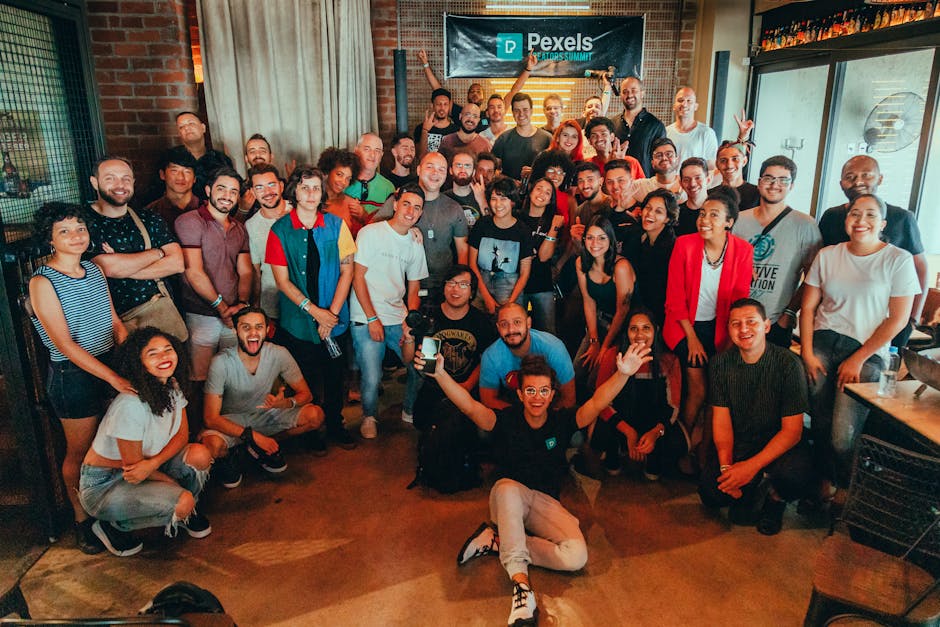In today’s fast-paced world, people expect quick results, clear structure, and a sense of community. That’s why the format in which knowledge is delivered matters just as much as the content itself. Online courses and paid challenges are two of the most popular digital products, but they are very different. This article breaks down the core differences, presents powerful stats, and explains why more creators are choosing challenges over courses.
What is an Online Course?
Pros:
• In-depth knowledge
• Long-term access
• Self-paced learning
Cons:
• Low engagement
• High production costs
• Very low completion rates (5% to 15%)
• Lack of community or accountability
What is a Paid Challenge?
Pros:
• High engagement and clear result
• Builds a strong sense of community
• Easy and quick to launch
• Converts better
• Around 80% completion rate
Cons:
• Requires consistency from participants
• Best suited for focused, practical goals
Quick Comparison Table
| Feature | Online Course | Paid Challenge |
| Goal | In-depth knowledge delivery | Clear, measurable result |
| Learning Style | Passive, self-paced | Active, task-based |
| Engagement | Low | High and focused |
| Outcome | Theoretical knowledge | Practical, real-world results |
| Community | Minimal | Strong and motivating |
| Duration | Flexible or long-term | Short and defined |
| Completion Rate | 5% to 15% | Around 80% |
The Game-Changing Stat
The numbers don’t lie. While online courses see completion rates of only 5% to 15%, paid challenges often reach about 80%. That means more success stories, more satisfied users, and more revenue over time. Challenges also help build trust with the creator, which often leads to more premium sales.
Why Paid Challenges Drive More Premium Sales
One of the strongest advantages of paid challenges is how naturally they lead into premium offers. By the time someone completes a challenge, they’ve already taken action, felt a real change, and seen results. They trust the creator more and believe in their own ability to succeed.
When you offer a premium product like a coaching program or an advanced course, it feels like the next logical step. You’re not selling to a cold lead, you’re inviting someone who already knows your value.
Unlike a traditional course where only a small percentage see the full content, a challenge keeps people engaged. That means more people actually see your premium offer at the right time. And they’re ready to take action.
That’s why many creators see up to 500% more premium sales when using challenges as a launchpad. You’re guiding them through a journey. By the end, they want to keep going.
Which Should You Choose?
If you want to teach long-form content, a course can work well. But if you’re aiming for results, trust, and real engagement, a paid challenge is the smarter path.
The Perfect Combo
Some creators start with a challenge and follow up with a course or membership. This builds momentum and leads to much higher conversions.
Summary
Paid challenges meet people where they are. They help users act, achieve, and connect. And for creators, they offer a practical way to build trust and increase revenue. If you’re planning your next digital product, consider starting with a challenge. It works.








